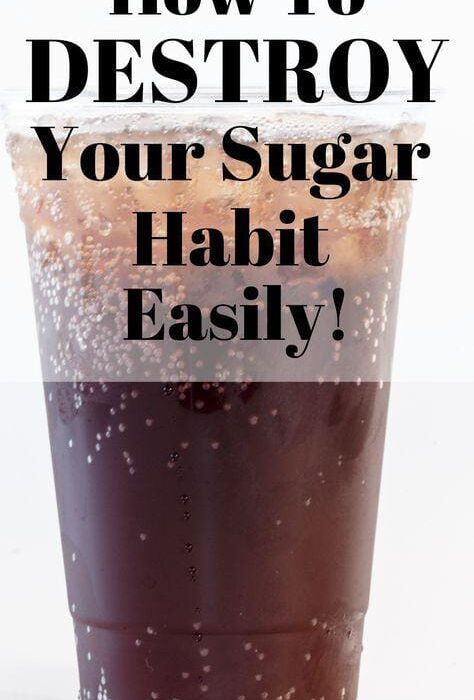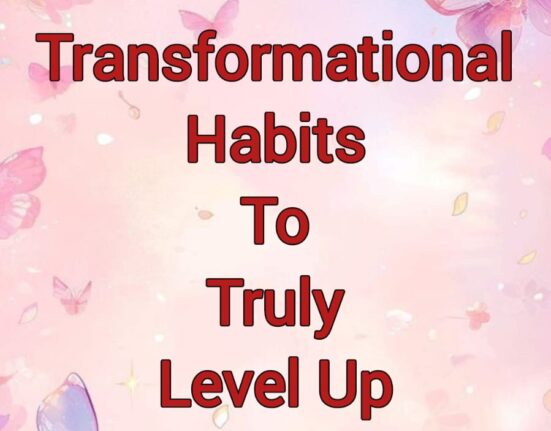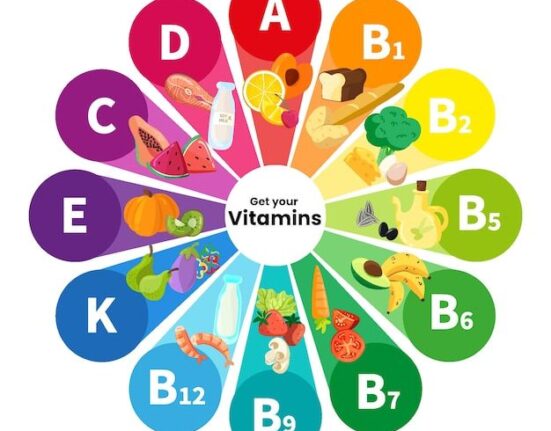Sugar is one of the most addictive substances in modern diets. It sneaks into our meals, snacks, and even our beverages without us noticing. While a little bit of sugar may not seem harmful, excessive sugar intake has been linked to weight gain, diabetes, fatigue, mood swings, and numerous chronic diseases. But breaking free from sugar is not as hard as it seems.
In this guide, you’ll discover how to destroy your sugar habit step-by-step, naturally and effectively.
Understanding Your Sugar Habit
The first step in destroying a habit is understanding it. Sugar addiction isn’t just about willpower. It’s a real biochemical dependence. When you consume sugar, your brain releases dopamine, the same feel-good chemical triggered by drugs and alcohol. Over time, your brain craves more sugar to feel the same pleasure, creating a vicious cycle.
You also need to consider emotional and lifestyle factors. Many people turn to sugary treats when they’re stressed, tired, bored, or sad. It becomes a coping mechanism. Identifying your triggers is key to managing and ultimately destroying the habit.
1. Identify Hidden Sugars in Your Diet
Many foods labeled as “healthy” are loaded with hidden sugars—yogurt, granola bars, sauces, salad dressings, and even whole wheat bread. Start reading nutrition labels and look out for terms like high-fructose corn syrup, cane juice, maltose, dextrose, and anything ending in “-ose.” These are all forms of sugar.
Keeping a food journal for 3–5 days can help you realize how much sugar you’re actually consuming and where it’s coming from. Awareness is power.
2. Clear Out the Temptation
If sugary foods are within reach, you’re more likely to eat them. Clean your kitchen of sugary snacks, candies, sweetened cereals, and sugary beverages. Replace them with healthy alternatives like fresh fruits, nuts, seeds, herbal teas, and sugar-free options.
Make your home a sugar-free zone. If you’re serious about kicking the habit, this physical change will support your mental effort.
3. Eat Balanced Meals to Reduce Cravings
Many sugar cravings are the result of unstable blood sugar levels. When you skip meals or eat carbohydrate-heavy meals without protein or healthy fats, your blood sugar spikes and crashes quickly—leading to hunger and cravings.
Start your day with a high-protein breakfast, and aim to include protein, healthy fats, and fiber in every meal. Foods like eggs, avocados, lentils, leafy greens, and nuts help keep you full and your blood sugar stable, minimizing your desire for sugary snacks.
4. Stay Hydrated
Sometimes your body mistakes thirst for hunger or sugar cravings. Before reaching for that chocolate bar, drink a glass of water and wait 10 minutes. You might find the craving fades.
Make it a habit to drink at least 8–10 glasses of water a day. You can also drink herbal teas like cinnamon tea, peppermint tea, or ginger tea which naturally curb sugar cravings.
5. Find Healthy Sugar Replacements
Going cold turkey might work for some, but for most, a gradual reduction is more sustainable. Start by replacing refined sugar with natural alternatives like honey, dates, jaggery, or maple syrup in moderation.
Over time, even these can be reduced as your taste buds adjust. For sweetness without calories, try stevia or monk fruit—natural, zero-calorie sweeteners that don’t spike blood sugar.
6. Practice Mindful Eating
Most sugar consumption is mindless. You snack while watching TV, scrolling through your phone, or working on your computer. You barely notice what or how much you’re eating.
Mindful eating means paying attention to your food—its taste, texture, aroma—and chewing slowly. This not only improves digestion but makes you more conscious of your habits. You’ll start recognizing emotional triggers and stop using sugar as a response to boredom or stress.
7. Handle Emotional Triggers
Many sugar habits are emotional. Stress, sadness, loneliness, or even happiness can drive us toward sweet comfort foods. But sugar doesn’t solve problems—it hides them temporarily and makes you feel worse later.
Identify what emotional state leads you to crave sugar. Once you’re aware, replace that behavior with something healthier: go for a walk, listen to music, journal, talk to a friend, or simply take deep breaths. Creating a list of sugar-free coping tools is helpful.
8. Get Quality Sleep
Sleep deprivation increases the hunger hormone ghrelin and reduces the satiety hormone leptin. That means you’re more likely to crave sugary foods when you’re tired.
Prioritize at least 7–8 hours of good quality sleep every night. Create a calming bedtime routine, limit screen time before bed, and make your bedroom a sleep-friendly space.
9. Be Physically Active
Exercise reduces stress, boosts your mood, and balances your blood sugar. All of these make it easier to resist sugar cravings. You don’t have to hit the gym daily—even a 30-minute brisk walk, yoga, dancing, or cycling can work wonders.
Physical activity also gives you a natural dopamine boost, reducing the need to seek pleasure from sugar.
10. Celebrate Progress, Not Perfection
Quitting sugar doesn’t mean you’ll never touch a sweet treat again. The key is to be in control—not sugar. Don’t beat yourself up if you have a setback. Instead, acknowledge it and move forward.
Celebrate small wins—like choosing water over soda, skipping dessert one day, or going a whole week without added sugar. These victories build confidence and keep you motivated.
11. Try a 7-Day Sugar Detox
A sugar detox is a short-term reset to help your body break the dependency. For 7 days, avoid all forms of added sugar, sweetened drinks, packaged snacks, white bread, and processed food.
Focus on whole foods: vegetables, fruits, lean proteins, legumes, nuts, and whole grains. You may experience withdrawal symptoms like headaches or irritability initially, but they usually subside by day 3 or 4. After a week, you’ll notice increased energy, clearer skin, better digestion, and reduced cravings.
12. Use Supplements (If Necessary)
Certain supplements can help curb sugar cravings naturally. Consult your doctor or a nutritionist before starting any, but some popular ones include:
- Chromium: Helps regulate blood sugar
- Magnesium: Supports insulin sensitivity and reduces cravings
- B-complex vitamins: Boost energy naturally
- L-glutamine: A natural amino acid that reduces sugar urges
13. Surround Yourself with Support
Having people who support your decision makes a big difference. Talk to your family and friends about your goal. Join online sugar-free communities or accountability groups. You’ll feel encouraged and stay focused when you know others are on the same journey.
14. Reprogram Your Taste Buds
The less sugar you eat, the more your taste buds adapt. Foods you once found bland—like fruits or vegetables—begin to taste naturally sweet. This process may take a few weeks, but once it happens, sugary foods will start to taste overwhelmingly sweet, making them less desirable.
15. Remind Yourself Why You Started
Write down your reasons for quitting sugar and keep them visible—on your fridge, mirror, or phone wallpaper. Whether it’s weight loss, better health, energy, mental clarity, or setting a good example for your children, your “why” will keep you going when motivation dips.
Destroying your sugar habit is more than just cutting sweets—it’s about taking back control of your body, mind, and health. With mindful changes in your diet, routine, and mindset, you can break free from sugar addiction and enjoy a life full of real energy, clarity, and vitality. It doesn’t require perfection. It only requires persistence, patience, and self-love. Start today, one choice at a time.








Leave feedback about this